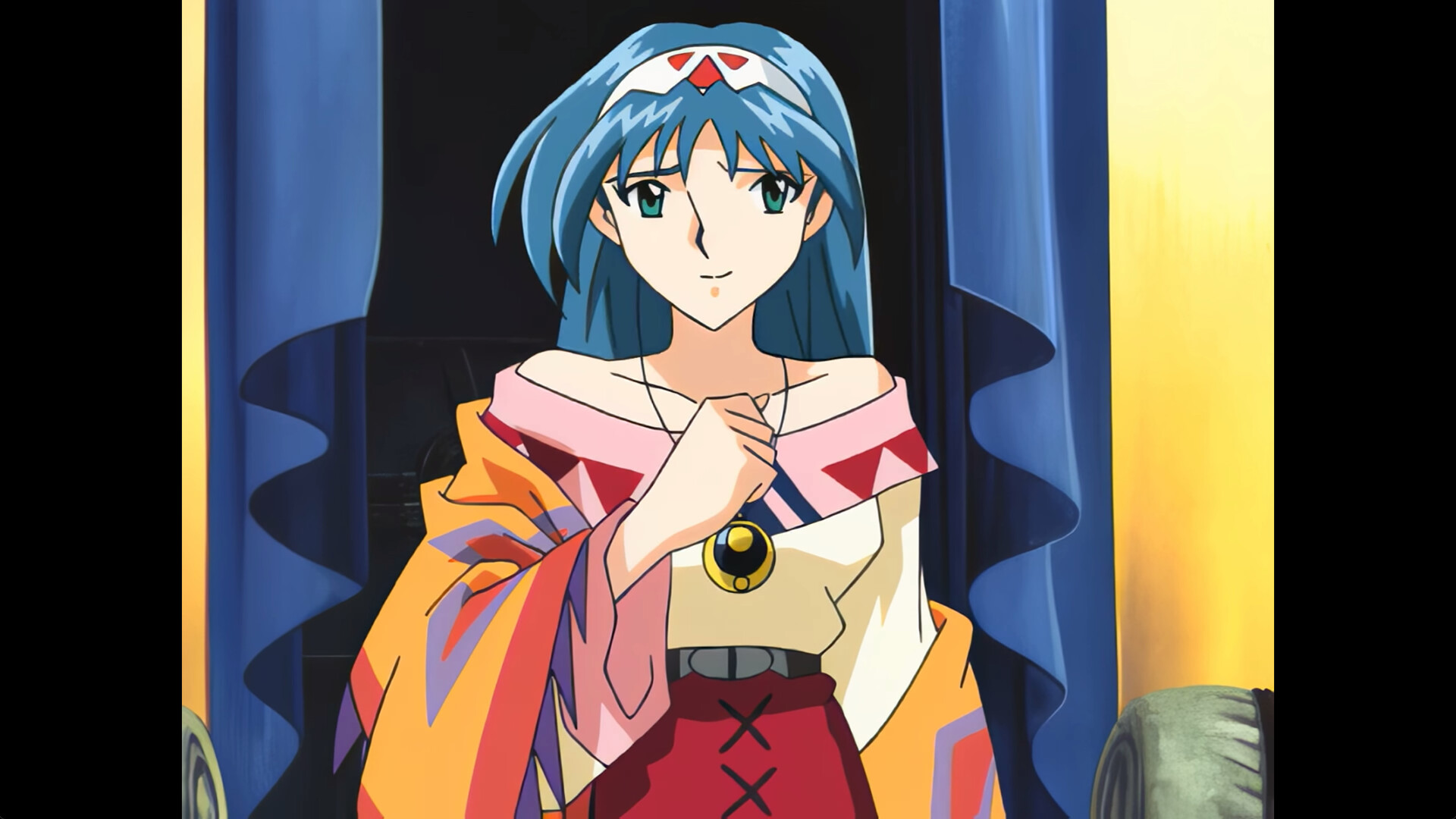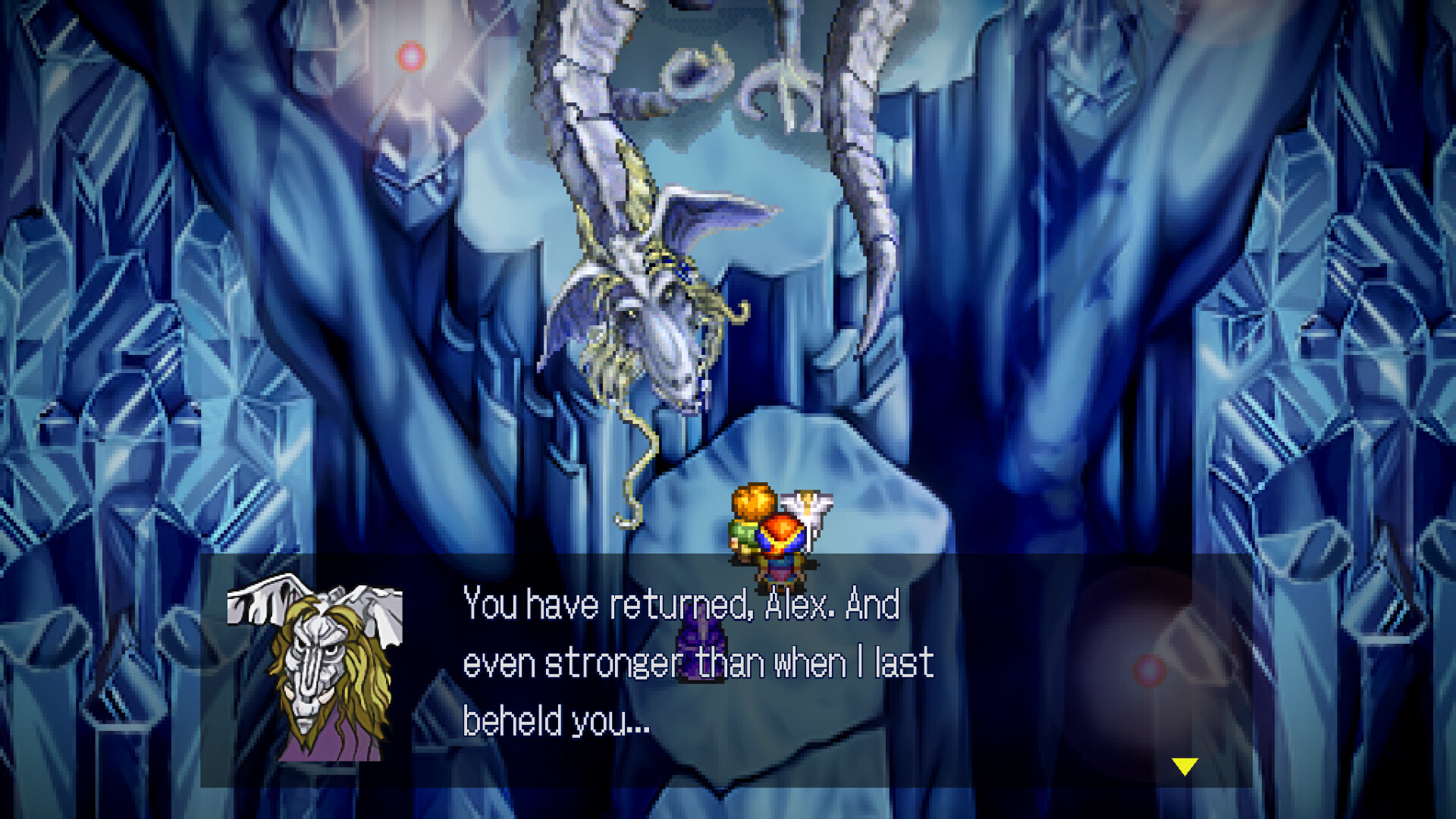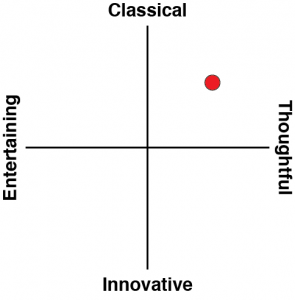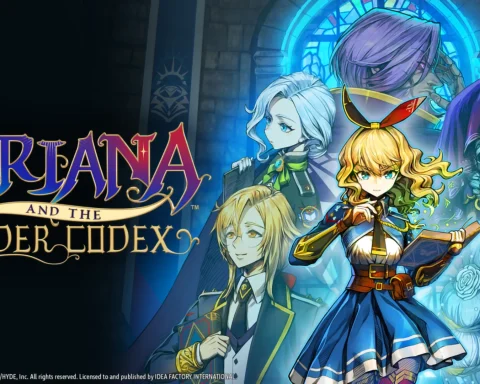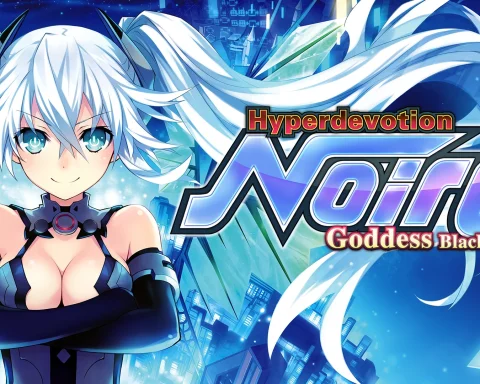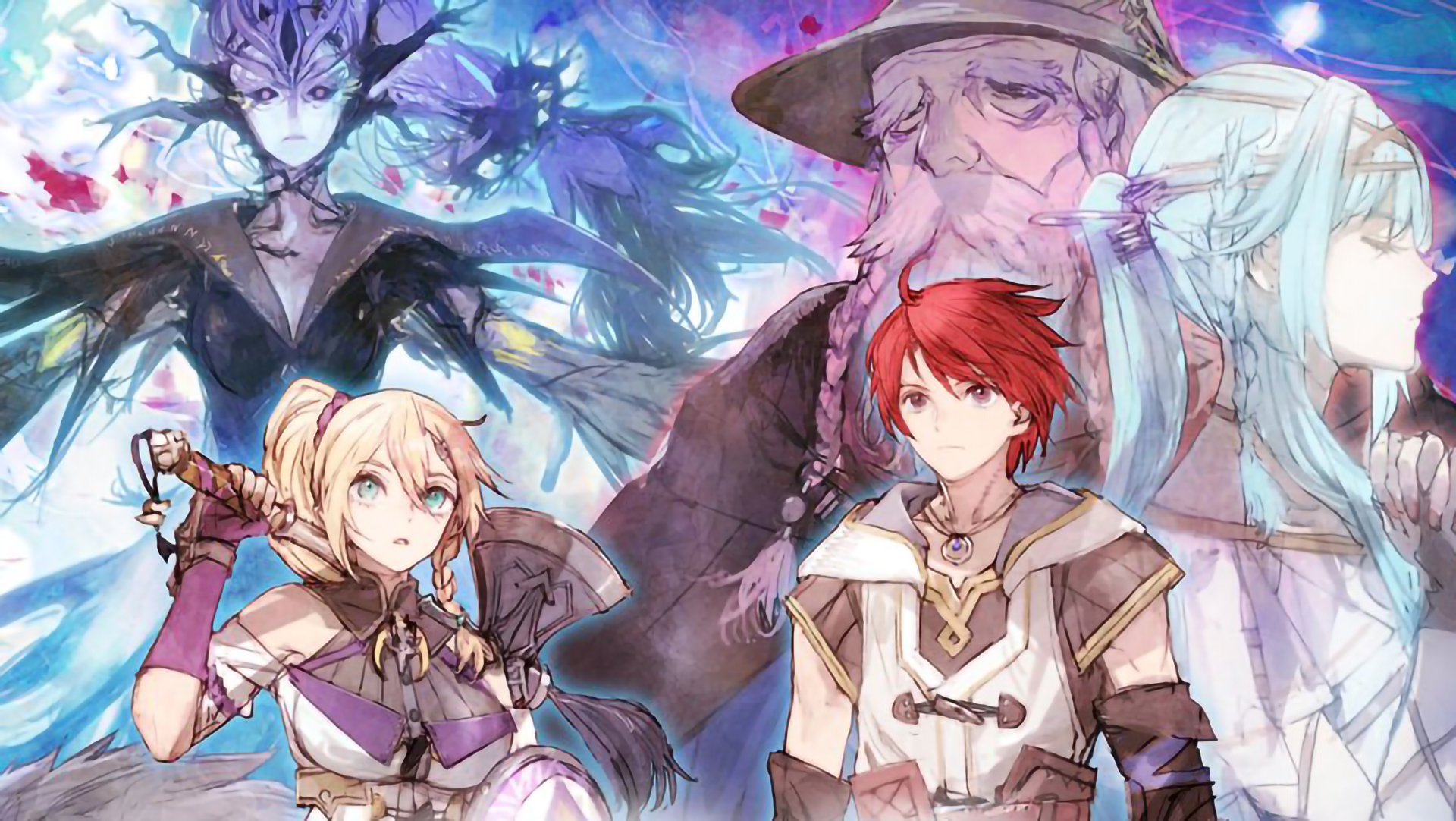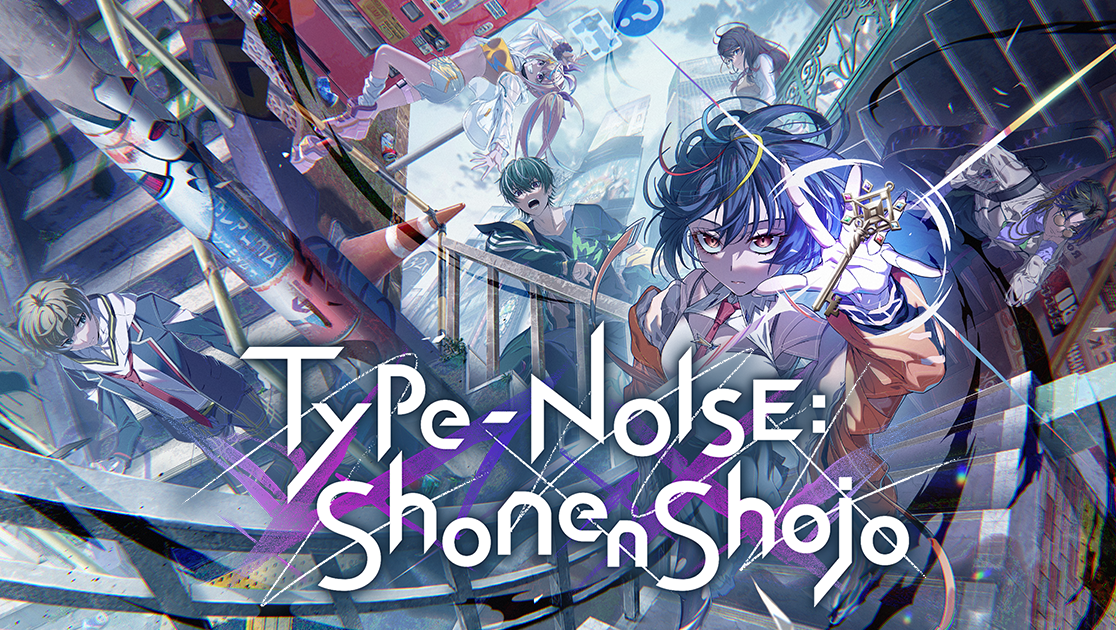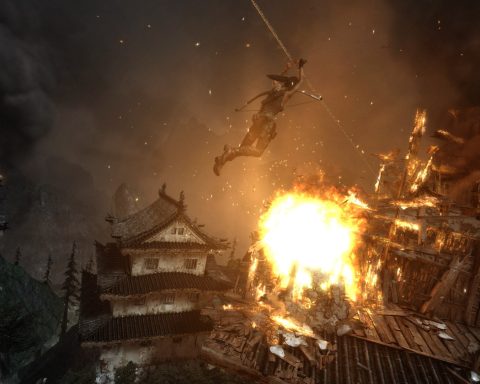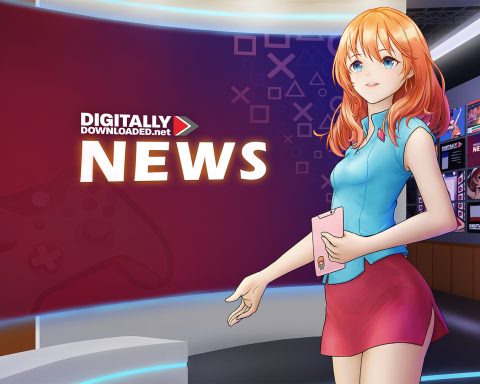It’s been quite the year for fans of niche JRPG properties. First, there was the Suikoden collection a month ago, and now it’s Lunar’s turn. Originally released for the Sega Mega CD, the first two titles in the series were pioneering and beloved titles that somehow never converted into something grander. Outside of these two games, there has only been a limited effort to do anything with Lunar. After playing through these two titles, you’ll wonder why.
Lunar was written by Kei Shigema, and though it is an older JRPG, it is quite clear that it was written by a novelist and was, in terms of writing quality, a cut above just about everything else being produced back then. It starts with Alex, a young boy that idolises a recently-deceased warrior-hero, Dyne. Going on a little adventure with some friends to a nearby cave, Alex encounters a dragon, who sees potential in young Alex to follow in Dyne’s shadow. From there you’ll be following a truly epic quest featuring goddesses, war, heroes and fallen heroes, and just so much more. It’s impressive just how much ground Lunar covers, given the relative brevity of its cut scenes.
Lunar 2 (Eternal Blue), meanwhile, follows on nicely, set a thousand years after the original, with a new cast of heroes, but the same epic conflict between dragons, demons, gods and heroes. In addition to those epic narratives, though, what really helped to sell these games initially was the use of FMV sequences and voiced characters. It’s hard to imagine today, but back in those days, anime-quality animated footage and fifteen minutes of total voice material (for the original, Lunar 2 had a whopping hour and a half worth of voice acting!) was an incredibly potent way to give a game a cinematic quality and help to establish a sense of character, world and wonder.
In fact it’s a little unfortunate for people coming to Lunar for the first time that they can’t experience it through those eyes. For the modern audience, a lot of Lunar will come across as quite standard. The way you move through the world, from one town to the next, following a trail of breadcrumbs within a linear narrative is, if anything, a cliché today. But back then, Lunar presented it with a scope of adventure and surprising twists and turns that was only really rivalled by the Final Fantasy and Dragon Quests of the time.
It was also a narrative and quest that felt earned, thanks to the retro-style difficultly spikes and, just generally, the consistently high challenge setting. Today, that kind of thing comes across to players as a big wall to progress, but back in those days the “grind” helped to pace out the adventure and make each new twist and turn something to look forward to. The presentation will also largely be lost on modern players, but back then, the enemy sprites were charming and creative, and the world itself has the most gorgeous painterly quality.
For those newer players, the developers have tried to modernise Lunar, and while the remaster is fairly basic, it’s effective: You can enjoy the art re-drawn in HD (although the animated cut scenes retain their original perspective). On a good screen, the colours really sing beautifully and highlight the ahead-of-its-time art direction that made Lunar stand out from its peers. There’s also the ability to speed up the combat, which is a massive quality of life feature for a game that has so much of it.
Meanwhile, for the traditionalists, you can play the game in its original form, and this is such a great feature. I firmly believe that every remaster should offer this because it is nice to be able to compare the two side-by-side, firstly to remember what the original vision was and how the developers worked around the hardware limitations at the time, and also to see just what was done to modernise it. There’s an art in doing so and we so rarely get the chance to do the direct comparison.
While this is a good feature, I do need to make the now-standard disclaimer that we live in a post-Atari-50 world, and while “retro compilations” might not need to go to the lengths that Digital Eclipse did, having some form of ‘museum’ feature really should be seen as essential. These retro experiences really are predominantly for existing fans, after all, and Lunar was especially well-known for having deluxe collector’s editions back in the day. Something a little more luxurious than a menu with “remake” and “classic” modes would have been nice.
That being said, these are two remarkable, classic games that have held up as well as any other retro JRPG, and one of them hasn’t actually been released in the West in a very long time (Lunar 2’s last release outside of Japan was on the PlayStation! You owe it to yourself to pick this up, because, in every way, these are truly vintage JRPG classics.
